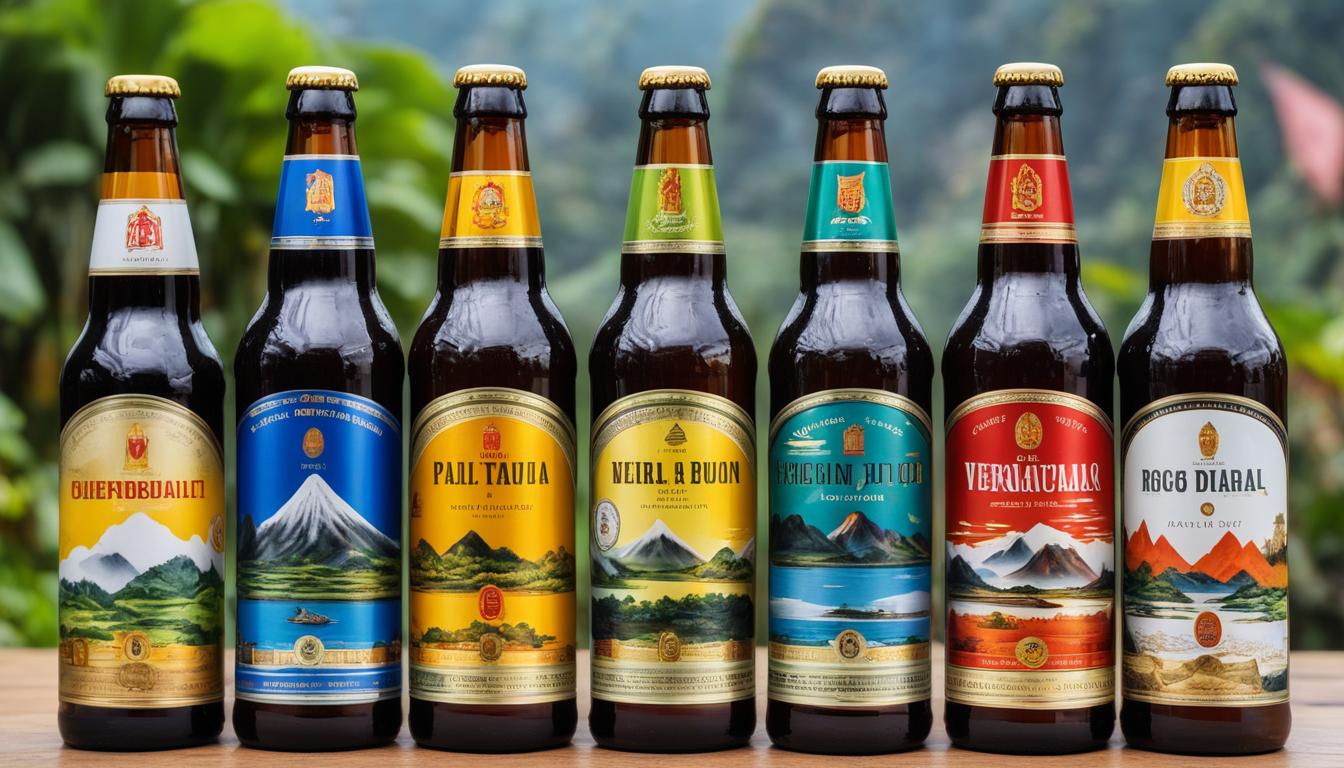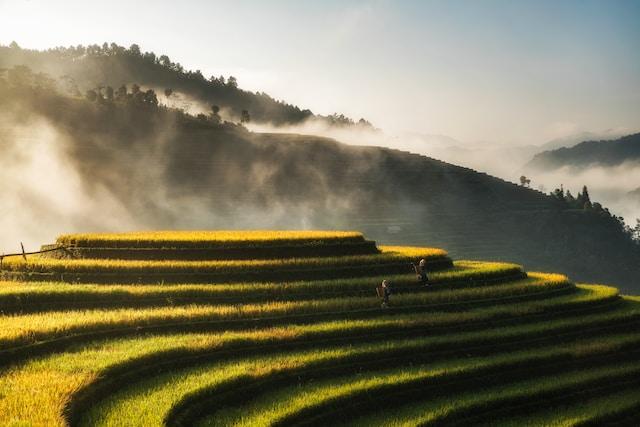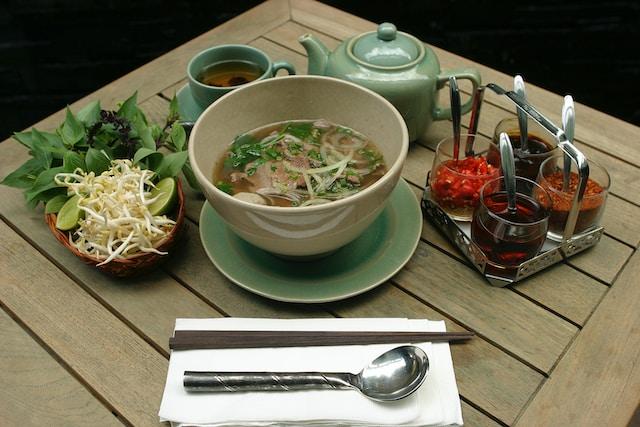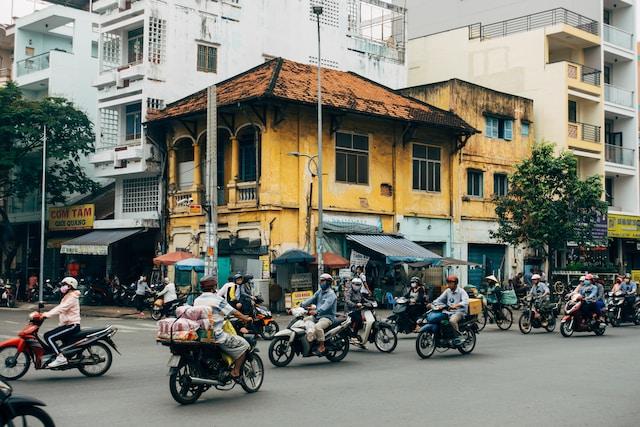Vietnam Beer Guide: Top Vietnamese Beers From North to South
Welcome to our Vietnam Beer Guide, where we explore the rich world of Vietnamese beer. Vietnam has a long and fascinating history of beer production, dating back to the late 19th century when the French introduced brewing techniques to the country. Today, Vietnam is a major player in the global beer market with a strong beer-drinking culture and a wide variety of popular local beer brands. Key Takeaways: Vietnam has a long history of beer production, influenced by the French. Vietnamese beer culture is deeply ingrained in society and is a common part of social gatherings and celebrations. The price of beer in Vietnam varies depending on the type, with draft beer being the cheapest option. Popular Vietnamese beer brands include 333, Hanoi Beer, Budweiser, Saigon Beer, and Biere Larue. When in Vietnam, don’t miss the opportunity to try traditional Vietnamese beer and explore the growing craft beer scene. The Beer-Drinking Culture in Vietnam Beer holds immense cultural significance in Vietnam, embedded deeply in the traditions and customs of the country. It has become a customary routine for many Vietnamese people, playing a central role in social interactions and celebrations. Whether it’s a casual get-together with friends or a formal business meeting, beer is often the beverage of choice. One of the distinctive features of Vietnamese beer culture is the practice of inviting each other for a beer. It is considered a gesture of hospitality and friendship to share a drink with others. This tradition extends to various events and occasions, such as weddings, festivals, sports matches, and even family gatherings. Vietnam ranks 9th globally in terms of beer consumption, with over 3.8 million kiloliters consumed in 2020. The beer market has witnessed remarkable growth, fueled by the country’s rising population, increasing tourism, and changing lifestyles. Vietnamese people have developed a taste for beer, embracing it as an integral part of their daily lives. “The beer-drinking culture in Vietnam reflects the vibrant and social nature of its people. It is an opportunity to connect, bond, and celebrate together.” The popularity of beer in Vietnam can be attributed to its affordability, refreshing taste, and the sense of camaraderie it brings. Sitting on colorful plastic chairs by makeshift tables on bustling streets, friends and strangers alike come together to enjoy cold beers and engage in lively conversations. To further illustrate the significance of beer in Vietnamese culture, let’s take a look at the following stats: Vietnamese Beer Consumption Ranking Volume (kiloliters) Vietnam 9th 3,800,000 China 1st 44,490,000 United States 2nd 25,851,000 Brazil 3rd 14,092,000 As seen from the table, Vietnamese beer consumption ranks high globally, reflecting the country’s fondness for this popular beverage. It’s evident that beer has become an essential part of Vietnamese culture and plays a significant role in social interactions and gatherings. Next, we will explore the pricing of beers in Vietnam, offering insights into the affordability and accessibility of this beloved drink. Vietnamese Beer Pricing When it comes to the price of beer in Vietnam, the options vary depending on the type of beer you choose. Let’s take a closer look at the different pricing ranges for Vietnamese beer: Draft Beer (Bia Hoi) One of the most affordable beer options in Vietnam is draft beer, locally known as “bia hoi.” This light and refreshing beer can be found in local bars, street stalls, and small breweries throughout the country. The price of bia hoi is incredibly budget-friendly, typically costing around VND 10,000 per glass. Bottled and Canned Beers If you prefer bottled or canned beers, you have a wide range of options to choose from in Vietnam. These beers are available at local stores, supermarkets, bars, and restaurants. The pricing for bottled and canned beers typically ranges from VND 15,000 to VND 20,000 or more, depending on the brand and type. Craft Beers For those seeking unique flavors and specialized brewing techniques, craft beers have been gaining popularity in Vietnam. Craft breweries across the country offer a wide selection of high-quality and innovative brews. However, craft beers usually come with a higher price tag, costing around VND 100,000 per bottle or more. With the diverse range of beer options and prices in Vietnam, there’s something to suit every beer lover’s preference and budget. 10 Popular Vietnamese Beer Brands When it comes to Vietnamese beer, there is no shortage of options to choose from. From traditional, locally brewed beers to internationally renowned brands, Vietnam has a vibrant beer scene that caters to every taste. Here are 10 popular Vietnamese beer brands that you should definitely try: 333: A well-known Vietnamese beer brand that has been satisfying beer enthusiasts since 1893. Hanoi Beer: One of the oldest beer brands in Vietnam, Hanoi Beer offers a refreshing and crisp taste. Draft Beer (Bia Hoi): This fresh and affordable beer is a local favorite and a must-try when visiting Vietnam. Budweiser: This internationally recognized beer brand has gained popularity among Vietnamese beer drinkers. Saigon Beer: Including Saigon Special and 333, Saigon Beer offers a range of flavors that please different palates. Biere Larue: Known for its smooth taste and rich history, Biere Larue is a popular choice among both locals and visitors. Pasteur Street Brewing: A craft brewery in Vietnam that offers a wide range of innovative and unique beer flavors. Heineken: This iconic Dutch beer brand has a strong presence in Vietnam and is enjoyed by many beer enthusiasts. Truc Bach Beer: Named after a famous lake in Hanoi, Truc Bach Beer is a local favorite for its distinct flavor. Tiger Beer: While not a Vietnamese brand, Tiger Beer has gained popularity in Vietnam for its affordable price and frequent music events. These Vietnamese beer brands offer a diverse range of flavors and styles, ensuring that there is something to suit every beer lover’s preference. Whether you’re a fan of traditional brews or experimental craft beers, Vietnam’s beer scene has it all. Vietnamese Beer Brand Description 333 A well-known Vietnamese beer brand with a long history dating back to 1893. … Read more










